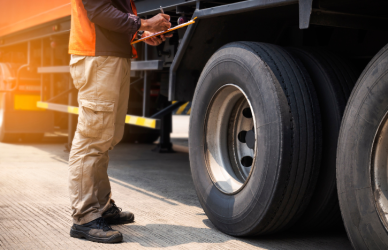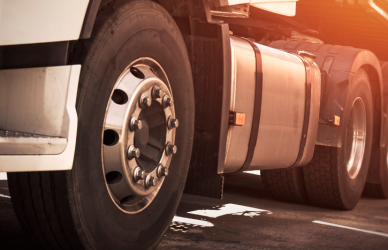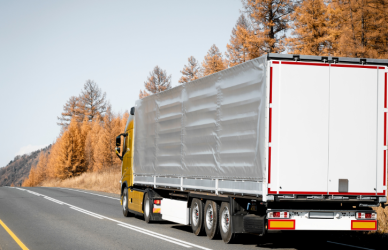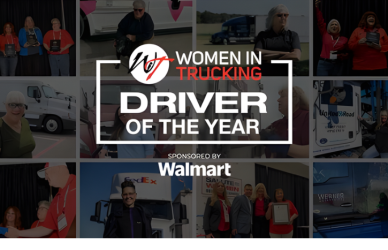Driverless technology is rapidly shaping the future of long-haul heavy-duty trucking, with uncertainty still looming around electronic logging devices and hours-of-service regulations. With a more complex reality at play, it remains to be seen what regulations will apply to autonomous trucks.
“Anytime a human is involved, ELDs will matter,” said Wiley Deck, vice president of government affairs and public policy at autonomous software developer Plus, as well as a former acting administrator of the Federal Motor Carrier Safety Administration.
“The challenging part, for not only motor carriers but the [FMCSA], is that you’ve got the vehicle operating, and the ELD knows when you turn on the system. The ELD knows whether it’s logged in or not with a human driver. It knows the vehicle is moving.”
The question, however, is that if there’s no driver, does this matter?
“We’re integrating advanced monitoring tools into our autonomous trucks that will track the health of each vehicle’s sensors, brakes, and other systems,” Gerardo Interiano, Aurora Innovation vice president of government relations and public affairs said. “This will be critical as we work toward deploying driverless trucks that operate nearly 24/7 – expanding customers’ freight capacity and stopping only for loading, fueling, and maintenance.”
According to AV 3.0 guidance from the Department of Transportation in 2019, federal regulations covering autonomous vehicles “will no longer assume that the CMV driver is always human or that a human is necessarily present onboard a commercial vehicle during its operation.”
Essentially, rules that are specific to human beings would not apply. This could include rug testing, hours of service, commercial licenses, or physical qualifications requirements.
After spending billions on the research and development of driverless trucks, autonomous truck developers are on a mission to make this guidance federal law.
“FMCSA should codify this interpretation and reduce the potential for future misinterpretation,” Kodiak Robotics wrote in March comments on the agency’s supplemental notice of proposed rulemaking focused on trucks with level 4 (high autonomy) or level 5 (full autonomy).
The company, based in Mountain View, California, is focused on two amendments. The first, to clarify that HOS regulations need not apply to level 4 or 5 trucks, and the second to create an exemption for autonomous trucks from minim qualifications and duties for drivers.
“FMCSA’s most foundational frameworks can be retooled to ensure the operational safety of AV fleets,” Kodiak wrote. “FMCSA’s existing rules create operational frameworks for certain load types and business models. It can encourage industry standardization around AV fleet operational safety.”
Autonomous trucks are currently expecting to operate from hub to hub, relying on human drivers to get the load to the originating hub, and being met at the destination hub by other human drivers.
“They’d still have their 14-hour window to operate within and both driving and on duty not driving,” Deck told FreightWaves. “The challenge will be tracking those drivers. If they’re driving that one truck, and then they’re switching to a different truck, tracking that driver and their hours of service is very challenging.”
To date, only one ELD exemption has been granted by FMCSA since it went into effect in December of 2017. This exemption was to the Motion Picture Association of America as it could not figure out how to make ELDs work for drivers operating more than one vehicle in a day. The sensible solution in their case was daily independent auditing of paper logs.
“There was no way to track hours of service,” Deck recalled. “The agency felt very comfortable that [MPAA was] going above and beyond what even an ELD would do. An ELD’s not going to tell a driver, ‘Hey, you can’t drive tomorrow.’”
Could a similar solution apply to short-haul drivers moving loads from an autonomous hub to a distribution center multiple times?
“[If] you’re moving the goods more efficiently back and forth between the distribution centers hub to hub, you’re going to increase the goods in either location needing to get to the initial stage for the autonomous truck to pick up, and then for it to drive however many hours you can operate that thing in a day,” Deck said. “Because the ELD is tuned to the particular truck to measure the miles and everything on that particular truck, it’s not something you can move from truck to truck to follow the driver.”
Source: FreightWaves











